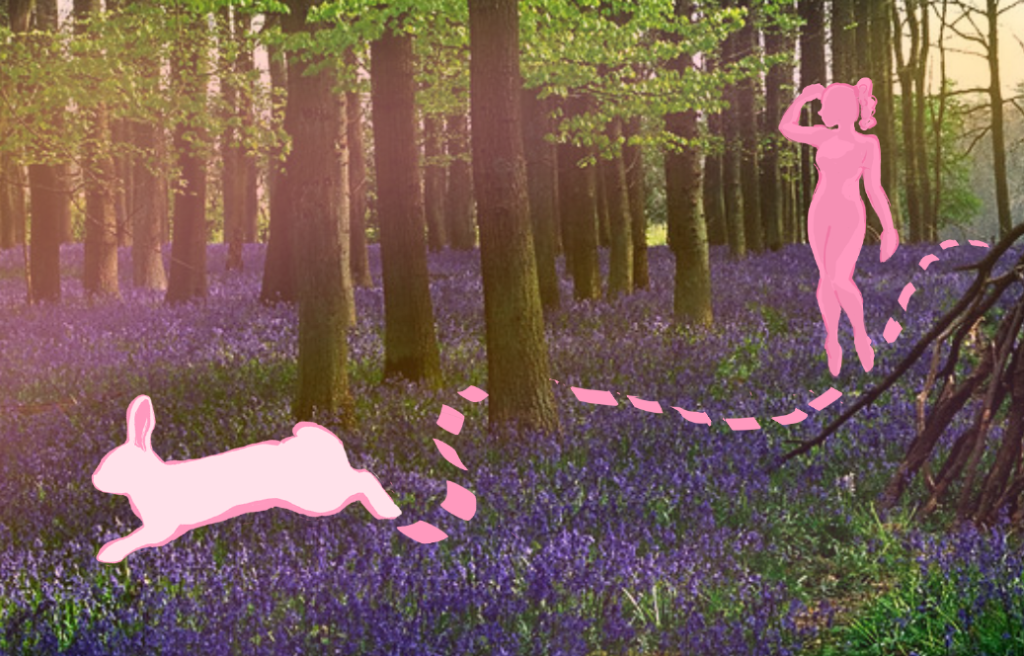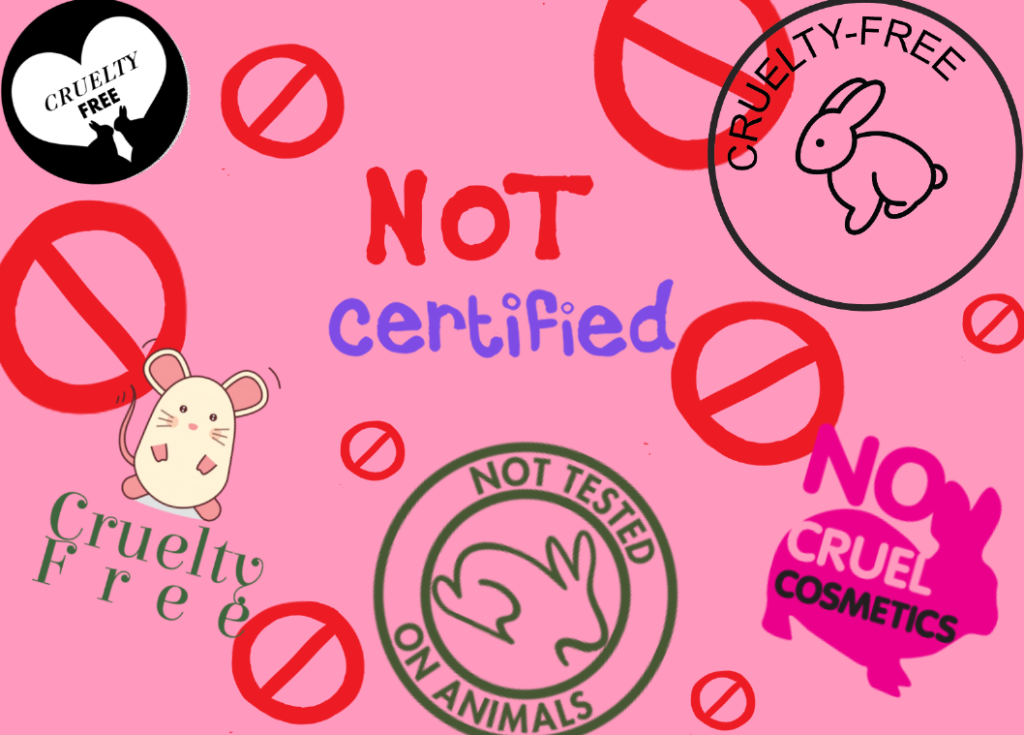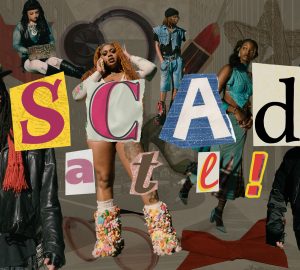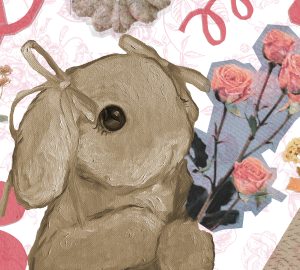Chasing the white rabbit: The best ways to beauty, cruelty-free

Earth Day passed this year with a whimper. Admittedly, there’s no surprise as to why. America’s current socio-political climate leaves many eco-conscious citizens dissatisfied by the noticeable lack of government intervention in regards to the state of our environment. It’s difficult to enjoy Earth Day arts-n-crafts when calls to “reduce, reuse and recycle,” are met with statistics about the irreversible effects of corporation bred microplastics. Resistance seems fruitless in a world where one gender reveal party gone wrong can result in acres of wildlife devastation. How is the average American supposed to feel empowered in their fight to preserve the environment when finding a starting point feels as distant as reaching the finish line?
Well, the answer could be lying at the bottom of your makeup bag.
Through the looking glass
There’s always that one person. Perhaps they’re in the check-out line at the local Sephora. Maybe they’re perusing the aisles at the nearest Ulta. No matter where they can be encountered, they are undoubtedly squinting at a product, searching for the white bunny.
If this person is encountered, just go ahead and buy them a coffee. No, seriously.
Chasing down the white rabbit logo that hides on the back of beauty and skincare products, and knowing what it truly means, is one of the most effective ways an environmentally conscious person can help advocate for a healthier planet.
Down the rabbit hole

A guide to cruelty free labeling.
Inquiring about the origins of a product before it becomes the consumer’s go-to brand is one of the best ways to navigate our single-use, plastic landscape. Sure, recycling is good (and please don’t stop recycling because someone said that it’s useless. They’re wrong, it’s not). But confronting the problem before it lines your shelves is a great preventative measure. “Cruelty-free” and “made from recycled materials” beauty brands all have small signifiers on their boxes just below or near the ingredient list. Leaping Bunny, Caring Consumer, and CCF Rabbit are all adorably designed rabbit logos that work to communicate to possible consumers that their product is cruelty-free. These particular rabbit designs refer to approval from Cruelty-Free International, PETA, and Choose Cruelty Free respectively.
There has been some confusion surrounding what constitutes a cruelty-free product in recent years. While a sticker of a cute bunny may seem like enough to identify an ethically produced product, it is actually a bit more complicated than the average shopper may expect.
Some brands have taken to using an unlicensed bunny logo on products that have not been cruelty-free certified. Now, this misuse of the cruelty-free bunny logo does not always mean that a brand has been testing on animals. Less than half of Leaping Bunny and PETA’s cruelty-free certified brands actually print the logo on corresponding products. This is usually due to the licensing fee associated with the print of either logo in addition to the cost to register a product as cruelty-free. Thankfully, not every major brand or corporation is positively evil and utilizes an unofficial cartoon rabbit as a means of deception. They might just be cheap about their packaging. Some cruelty-free certified brands opt to apply their own originally designed logo to their products in order to cut production costs, which does not affect the cruelty-free nature of said product.
When looking for ethical brands, avoid these logos.
More consumer guides for Wonderbrands
If all of this seems confusing, that’s because it was designed to be a little confusing.
Lackadaisical corporation guidelines make more work for ethical consumption on the consumers’ part. While this alleviates some of the pressure put on corporations to take action towards more ethical production, it only serves to create more emotional labor for shoppers. Yes, they do this on purpose.
The hope is that the average shopper will not be armed with the tools needed to decipher between ethically and non-ethically produced products. But, thanks to this handy-dandy database of internationally certified cruelty-free brands, sorting through the mess has made the process much easier. There is also a database of vegan products, which does differ from cruelty-free as cruelty-free may still contain colors “ethically” derived from insects.
Helping the environment by avoiding animal lab-tested beauty products is a great way to give back to Mother Nature and her fuzzy little creatures.



























